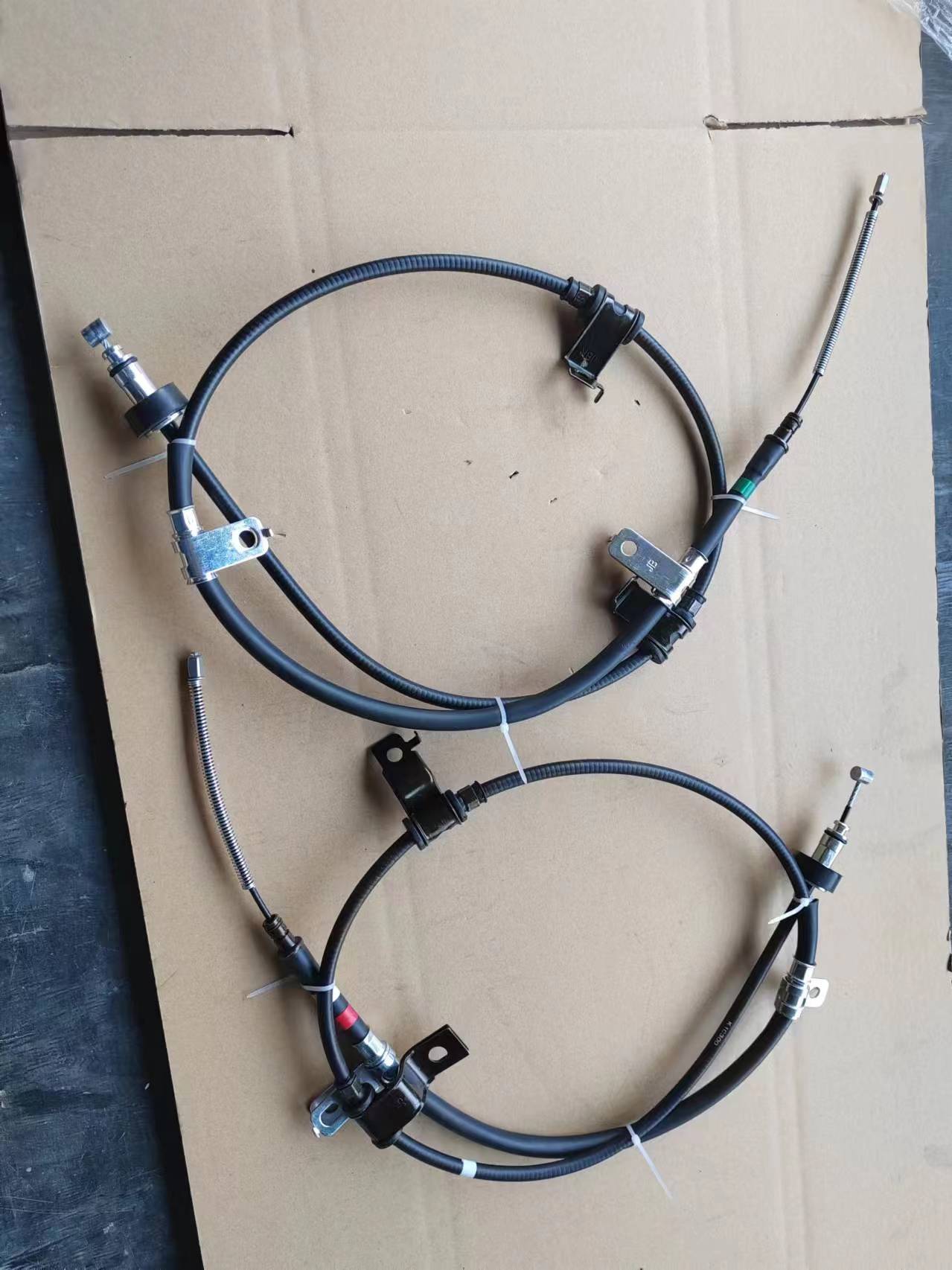handbrake wire
Understanding Handbrake Wires Importance and Functionality
Handbrake wires, often referred to as brake cables, are critical components of a vehicle’s braking system, especially in manual transmission cars. Their design and function contribute to the overall safety and performance of the vehicle. This article elaborates on what handbrake wires are, their purpose, maintenance, and troubleshooting common issues.
What Are Handbrake Wires?
Handbrake wires are steel cables that connect the handbrake lever (or parking brake) to the brake mechanism at the rear wheels. When the handbrake lever is pulled, the cable tightens to engage the brakes on the rear wheels, effectively locking them in place. This mechanism is essential not only for parking the vehicle safely but also for securing the car on inclined surfaces.
The Importance of Handbrake Wires
1. Safety The primary function of handbrake wires is to ensure that a parked vehicle remains stationary. Whether on a flat surface or a steep hill, a functional handbrake cable prevents unwanted vehicle movement, safeguarding against potential accidents.
2. Performance In performance driving scenarios, handbrakes enable drivers to execute maneuvers such as drifting. Engaging the handbrake while turning can cause the rear wheels to lose traction, allowing for controlled slides that are crucial in motorsport.
3. Regulatory Compliance In many jurisdictions, functioning handbrakes are a part of vehicle safety inspections. Failing to maintain these cables can lead to penalties and increased insurance premiums.
Maintenance of Handbrake Wires
Regular maintenance of handbrake wires is essential for ensuring their longevity and reliability. Here are some tips for maintaining and checking your handbrake wires
1. Visual Inspection Regularly inspect your handbrake cable for any signs of wear, fraying, or corrosion. Pay special attention to the areas near the attachment points and any bends or sharp turns in the cable.
handbrake wire

2. Lubrication Apply a suitable lubricant to the cable's casing to facilitate smooth movement. This can help prevent rust and ensure that the cable does not seize up over time.
3. Tension Adjustment Occasionally, the tension of the handbrake can become loose. Most vehicles have an adjustment mechanism that allows you to tighten the cable to ensure optimal performance.
4. Check for Functionality Test your handbrake regularly to ensure it holds the vehicle securely on inclines. If it fails to engage or feels loose, it may be time for a thorough inspection or replacement.
Troubleshooting Common Issues
Several common problems may arise with handbrake wires, and understanding these can help in quick troubleshooting
1. Cable Stretching Over time, handbrake cables can stretch. If the handbrake feels ineffective, check the tension and adjust accordingly or replace the cable if needed.
2. Frayed Cables If you notice fraying or broken strands, it can significantly weaken the cable. It’s vital to replace frayed cables immediately to ensure safety.
3. Seizure Cables may sometimes seize in their housing due to rust or dirt accumulation. Regular cleaning and lubrication can prevent this, but severe cases may necessitate cable replacement.
4. Corroded Attachments The connectors and fittings can corrode, leading to poor performance. Inspect these areas and clean or replace corroded parts as necessary.
Conclusion
Handbrake wires are an integral part of a vehicle's braking system and play a critical role in ensuring safety and performance. Regular inspections, maintenance, and prompt repairs are essential to keeping these cables in working condition. By understanding their function and how to care for them, drivers can enhance their vehicle’s safety and enjoy peace of mind on the road.
-
Workings of Clutch Pipe and Hose SystemsNewsJun.04,2025
-
The Inner Workings of Hand Brake Cable SystemsNewsJun.04,2025
-
The Secrets of Throttle and Accelerator CablesNewsJun.04,2025
-
The Hidden Lifeline of Your Transmission Gear Shift CablesNewsJun.04,2025
-
Demystifying Gear Cables and Shift LinkagesNewsJun.04,2025
-
Decoding Clutch Line Systems A Comprehensive GuideNewsJun.04,2025
